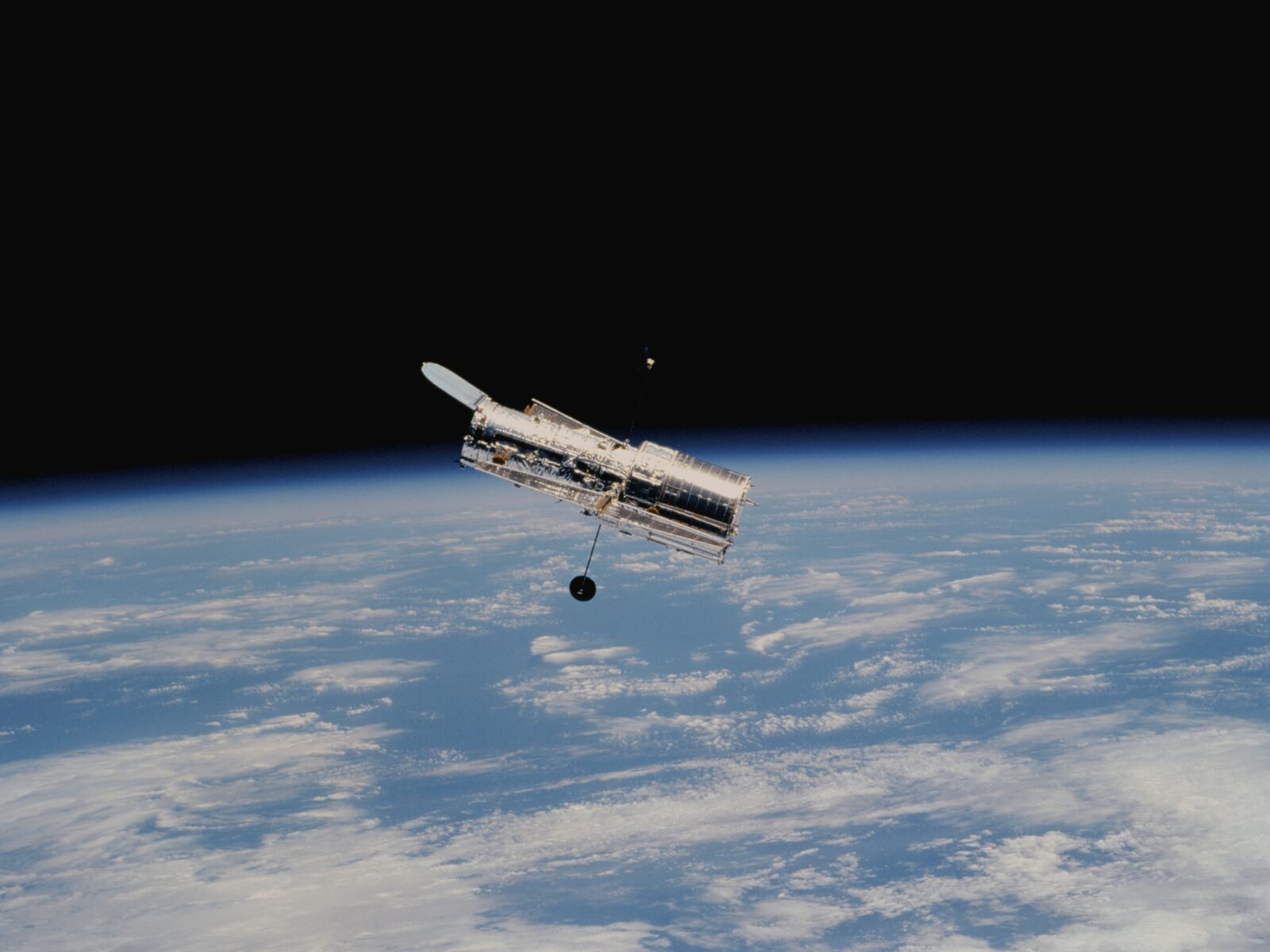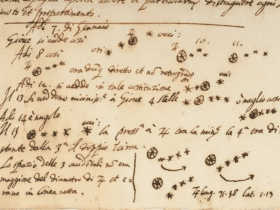NASA’s Hubble telescope has been diving deep into the Universe’s wonders for three decades now, and it still has a lot to prove. If you have already heard about the galaxy known as NGC 7172, it could mean that you’re in love with astronomy.
NGC 7172 is the name of a spiral galaxy located very far away from Earth. Its light left roughly 110 million years ago. That means that the galaxy is located 110 million light-years away from us. Like most galaxies, NGC 7172 also hosts a supermassive black hole in its center. The dark monster is covered in huge amounts of galactic dust. If it weren’t, it still wouldn’t have been visible, however. Black holes have the weird trait of being invisible due to their huge gravity that absorbs even light.
Tendrils of dark dust can be seen threading across the heart of the spiral galaxy NGC 7172 in this Picture of the Week from the NASA/ESA Hubble Space Telescope.
Credit: @esa/ @HUBBLE_space / @NASA , D. J. Rosario, A. Barth
Acknowledgement: L. Shatz pic.twitter.com/EJx8b3tfm0— HUBBLE (@HUBBLE_space) March 28, 2022
NASA explained in a statement, as Space.com quotes:
When astronomers inspected NGC 7172 across the electromagnetic spectrum they quickly discovered that there was more to it than meets the eye,
NGC 7172 is a Seyfert galaxy — a type of galaxy with an intensely luminous active galactic nucleus powered by matter accreting onto a supermassive black hole.
Oddly or not, a supermassive black hole is also dwelling at the center of our own Milky Way galaxy. These monsters enact a huge gravitational influence over a galaxy, making it rotate and take shape. As you already concluded, black holes don’t just have the negative role that everyone knows about. Otherwise, they have such a huge gravity that nothing getting too close can possibly escape.
The James Webb Space Telescope (JWST) that was released by NASA in late 2021 is considered the successor of Hubble. The new telescope possesses the right technology to look deeper into the Cosmos than ever before, but it’s nice to see that Hubble still proves itself very useful.













Leave a Reply